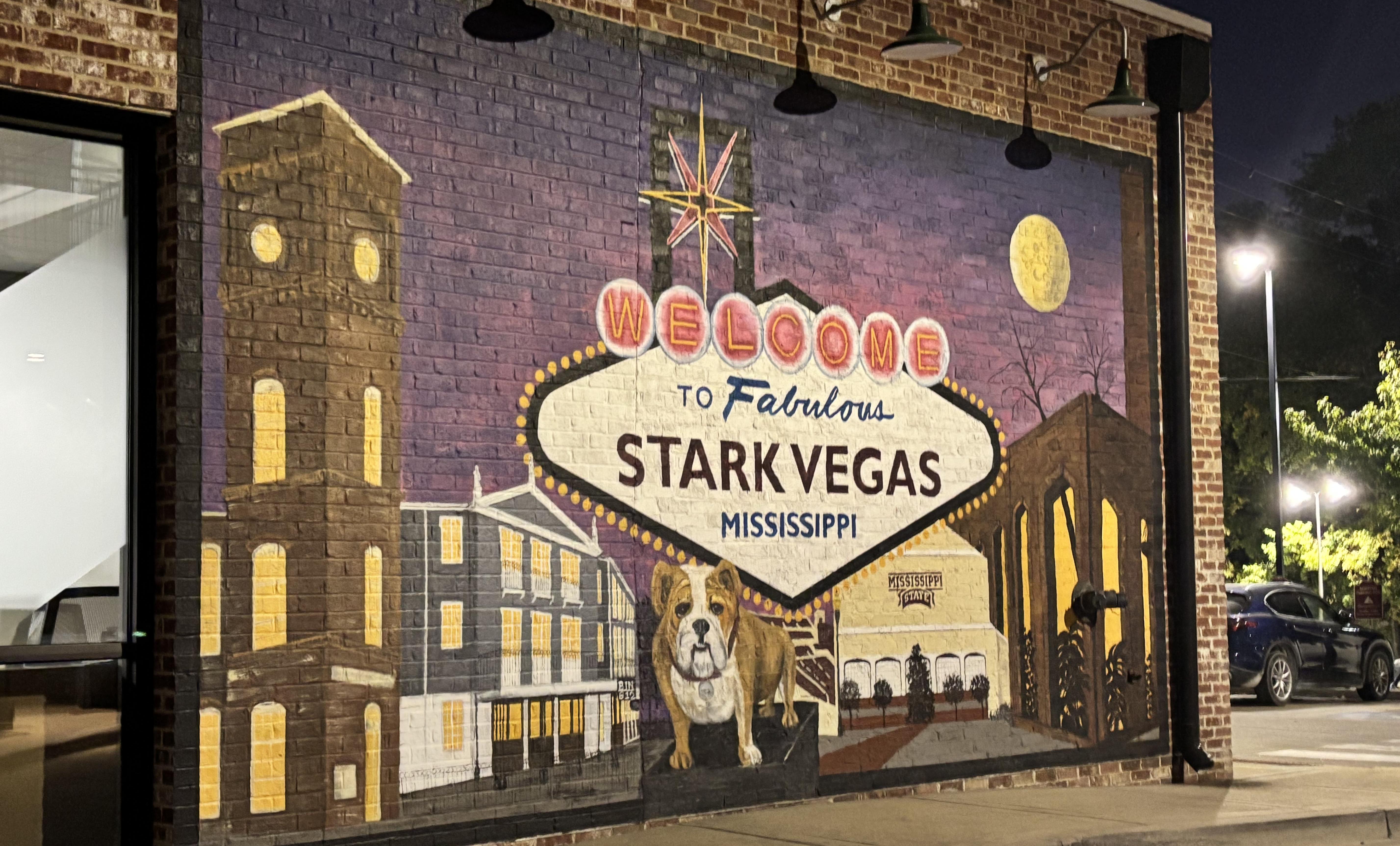32 Hidden Filming Locations Where Movie Magic Was Made
Forget the dazzling lights of Hollywood and the well-trodden streets of New York; the true alchemy of cinema often sparks in the world's most astonishing, under-the-radar locales. These are the secret stars of the silver screen—hauntingly remote islands that birth mythical beasts, forgotten ghost towns that breathe life into dystopian futures, and surreal natural wonders that convincingly masquerade as alien planets. Far more than passive scenery, these remarkable places become pivotal characters, their unique essence weaving unforgettable atmosphere, mystery, and raw emotional power into the fabric of film. We've ventured further off the cinematic map than ever before, expanding our exclusive dossier to uncover 32 of these extraordinary, lesser-known filming locations. Prepare to discover the real-world stages where movie magic was forged, inviting you to step into the frame and experience their captivating stories firsthand.
1. Sinaia, Romania – The Real Castle of the Corvinus Family in The Brothers Grimm
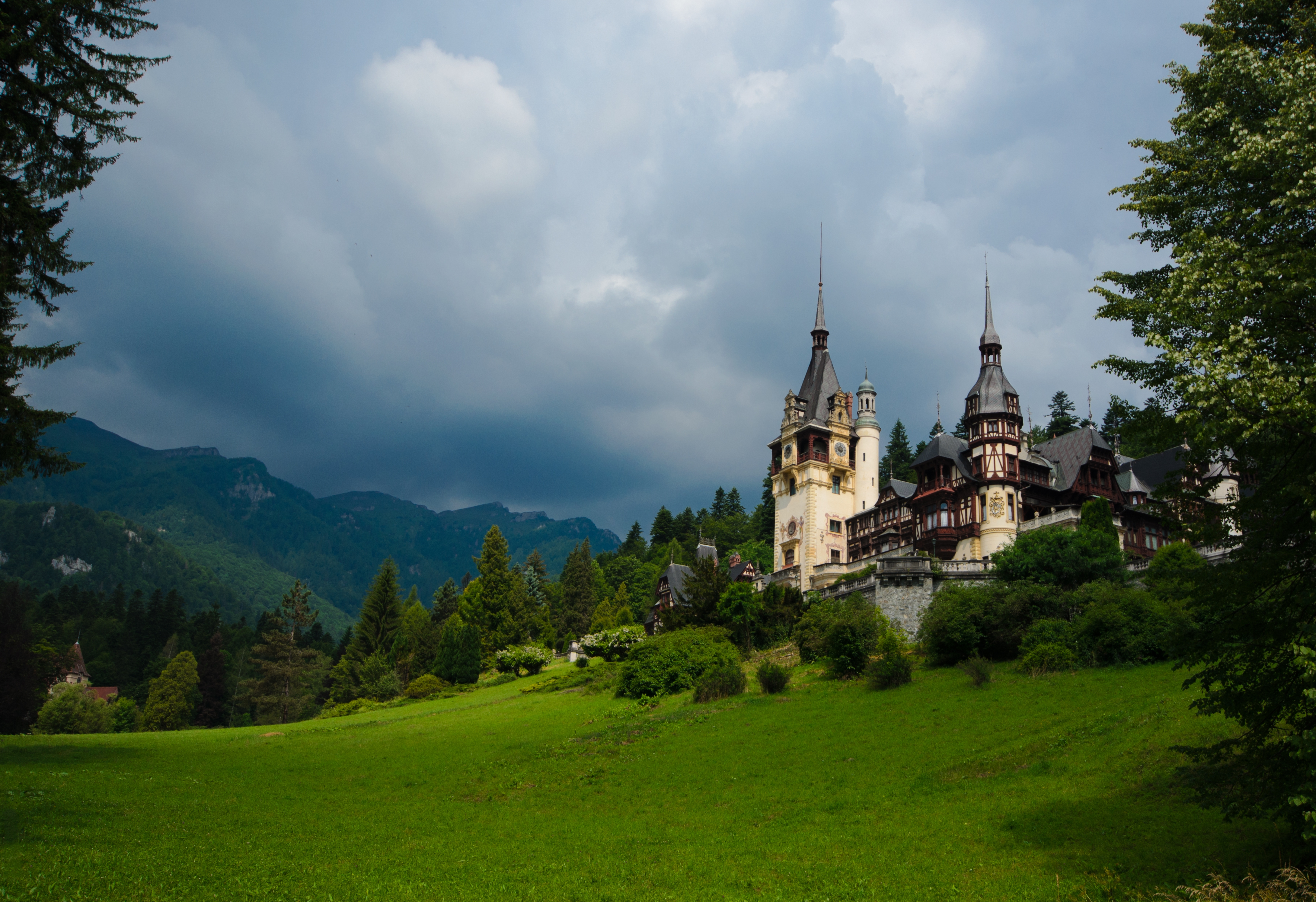
Tucked away in the Carpathian Mountains of Romania, the picturesque town of Sinaia served as a stunning real-world backdrop for The Brothers Grimm (2005), directed by Terry Gilliam. While the film blends historical fantasy with dark fairy tale elements, Sinaia’s gothic architecture and misty forests provided the perfect setting for the eerie and whimsical atmosphere the film needed. The crown jewel of Sinaia is Peleș Castle, a neo-Renaissance masterpiece that looks like something straight out of a storybook. Its intricate turrets, stained-glass windows, and lavish interiors made it the ideal choice for portraying the film’s enchanted yet foreboding setting. Beyond The Brothers Grimm, Peleș Castle has been used in various productions seeking a location that evokes both old-world grandeur and a touch of magic.
2. Lake Resia, Italy – A Drowned Village Turned Cinematic Dreamscape
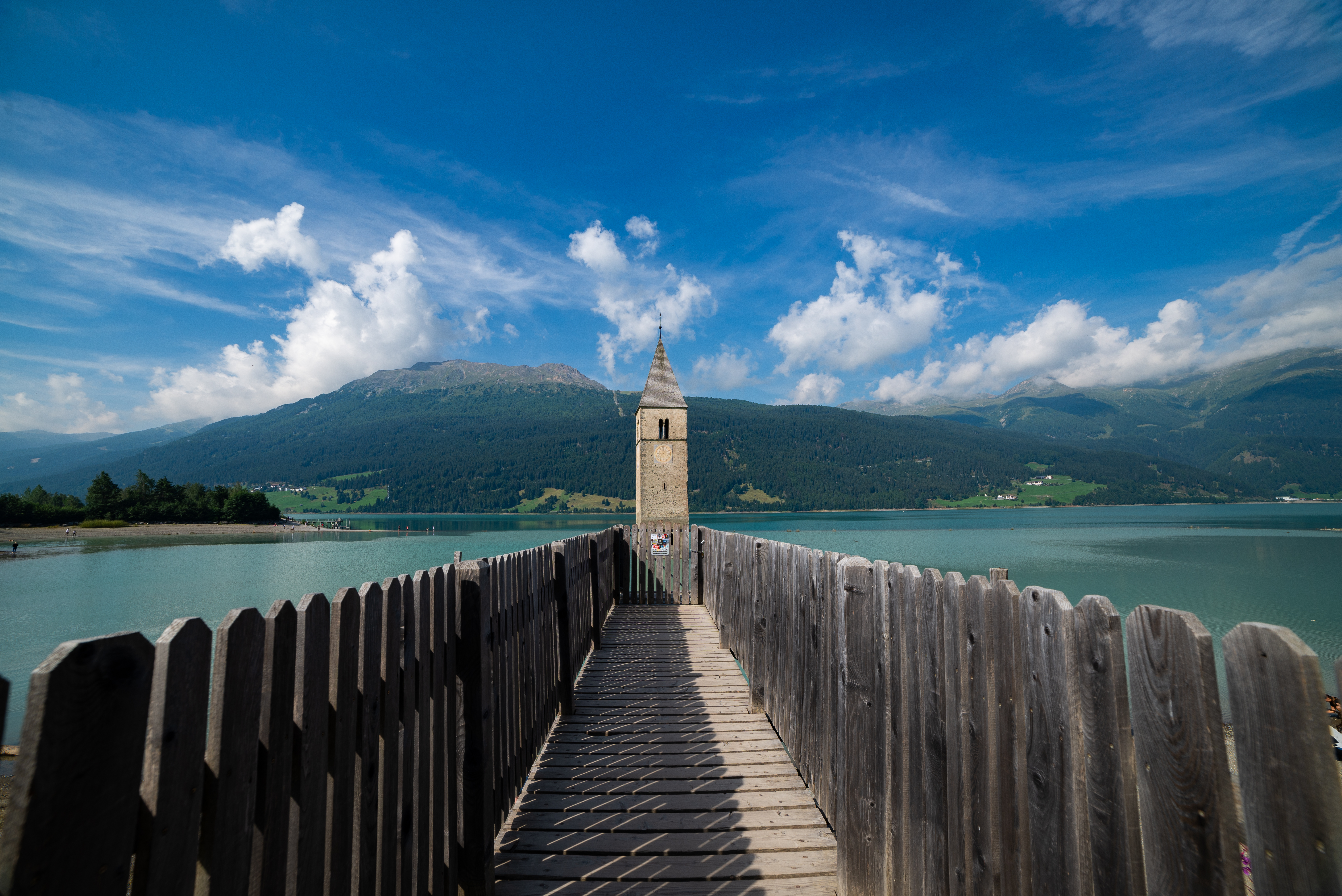
Deep in the Italian Alps, Lake Resia is an eerily beautiful destination with a haunting past. The lake was artificially created in 1950, submerging an entire village beneath its waters. Today, only the church bell tower remains, eerily rising from the surface like a ghostly relic of the past. This surreal setting was used in Curon, a mystery-horror series that explores supernatural themes tied to the lake’s tragic history. Filmmakers are drawn to Lake Resia’s haunting beauty and eerie symbolism, making it a perfect setting for films that blend history, horror, and mystery. Whether it’s a psychological thriller or a ghost story, this submerged village offers a visually arresting landscape that few places in the world can match.
3. Eyjafjallajökull, Iceland – A Real-Life Alien Landscape in Sci-Fi Films
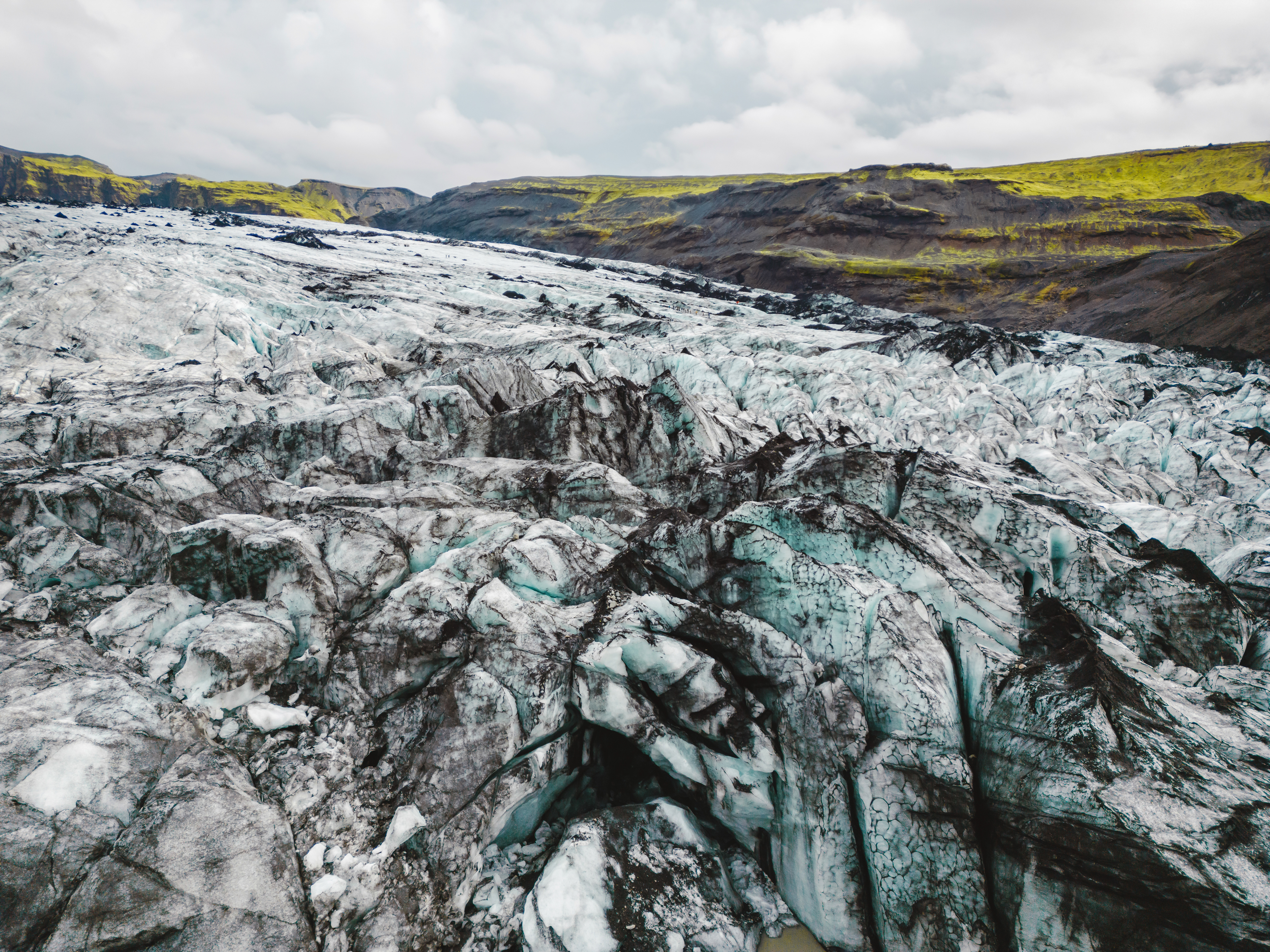
Iceland’s otherworldly landscapes have been featured in numerous films, but the volcanic glacier Eyjafjallajökull is one of the most unique. The rugged, ice-covered terrain was used as a filming location for Interstellar, Prometheus, and Oblivion, where it convincingly doubled as alien planets. The glacier’s surreal, untouched beauty makes it an irresistible choice for sci-fi directors looking to create vast, inhospitable worlds. The shifting ice formations and volcanic rock create an eerie sense of isolation, reinforcing the idea that characters are exploring distant planets rather than the icy landscapes of Earth.
4. Hashima Island, Japan – The Real-Life ‘Skyfall’ Villain’s Lair
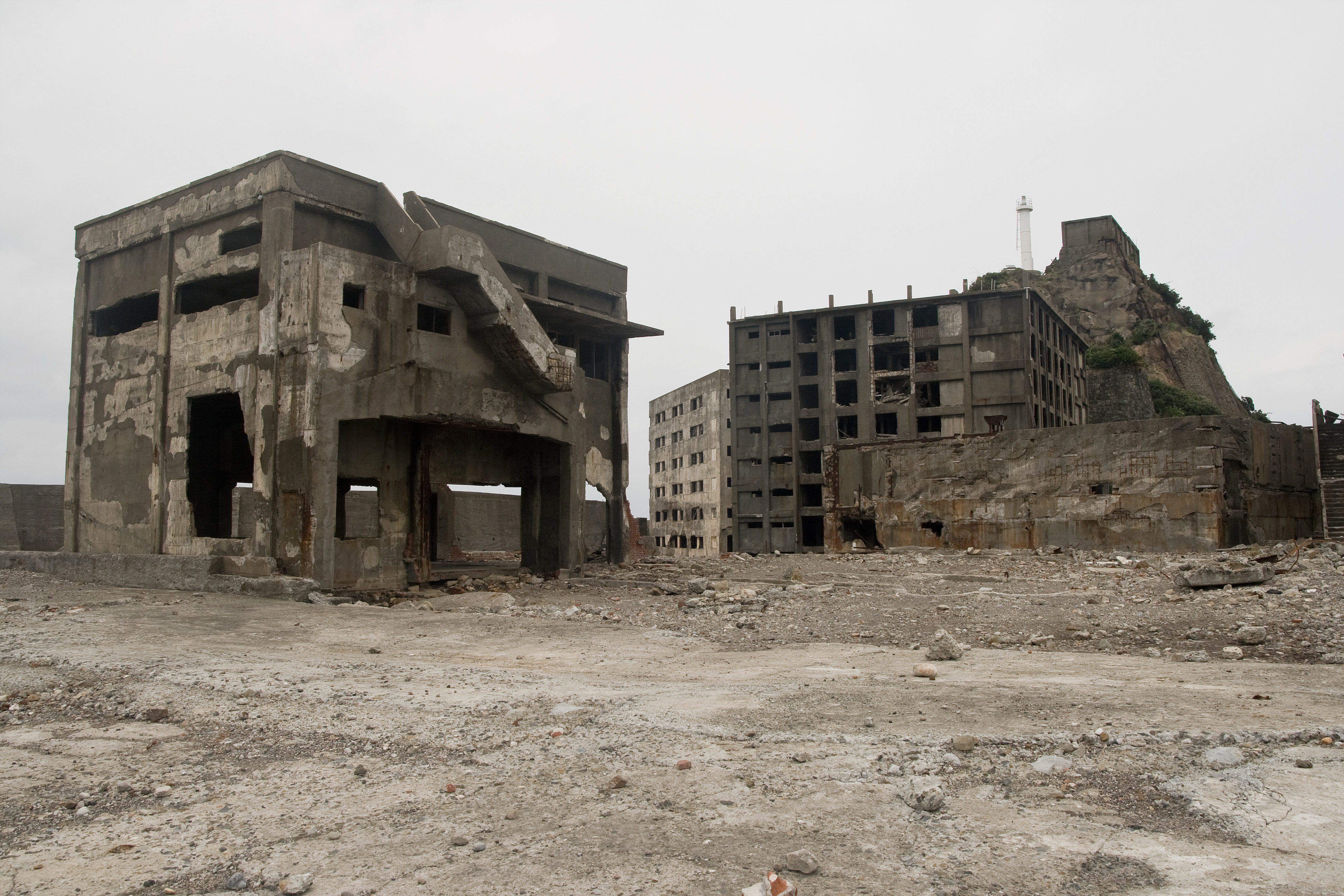
Once a bustling coal-mining settlement, Hashima Island—also known as ‘Battleship Island’—now stands abandoned, its crumbling buildings offering a haunting glimpse into the past. This eerie, dystopian landscape was featured in Skyfall as the deserted island lair of James Bond’s villain, Silva. The island’s real-life history adds layers of depth to its on-screen persona. Once home to thousands of miners, it was abruptly abandoned in the 1970s, leaving behind empty concrete structures slowly being reclaimed by nature. This desolation makes it a favorite for films exploring themes of abandonment, apocalypse, and the passage of time.
5. The Skeleton Coast, Namibia – The Perfect Post-Apocalyptic Wasteland
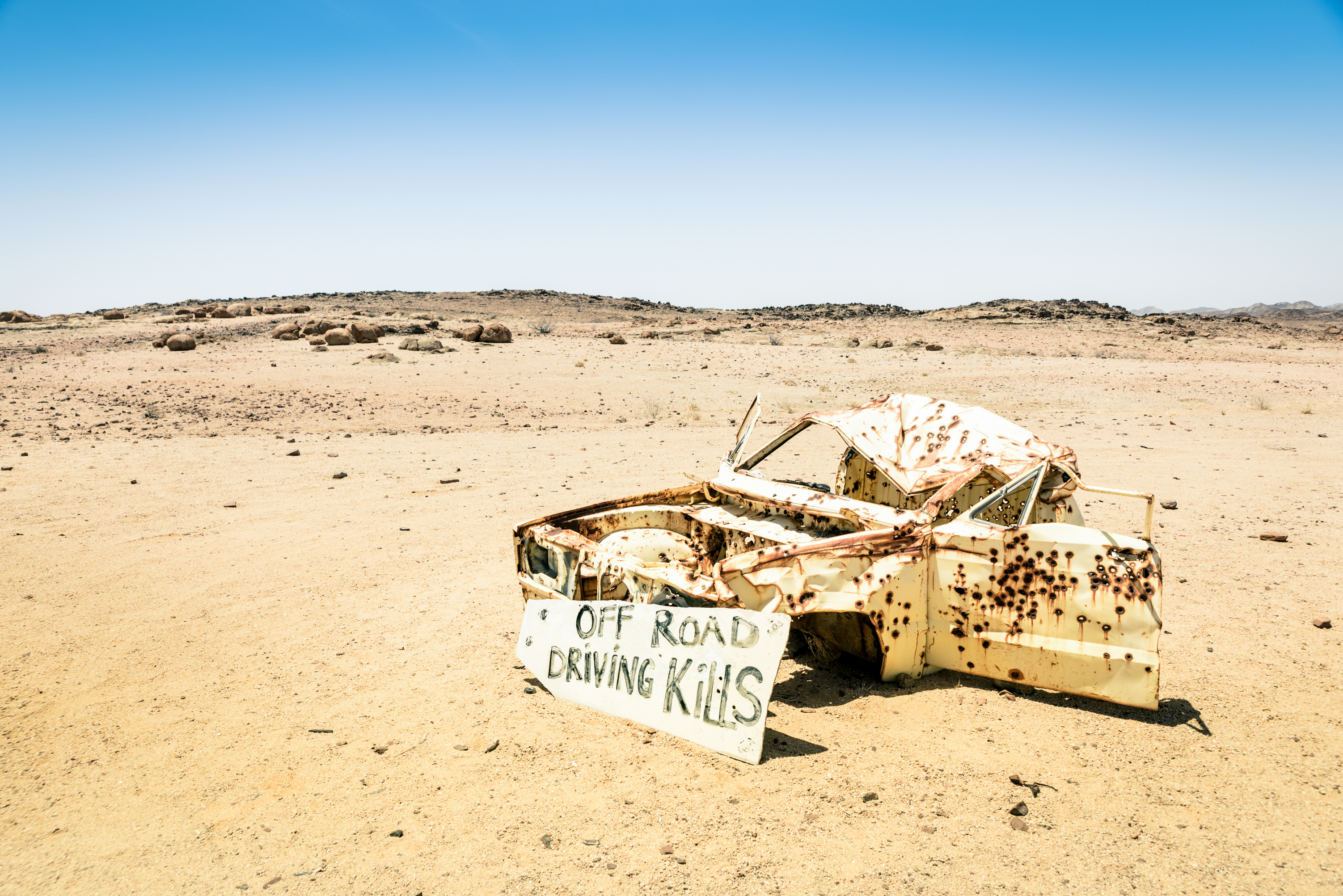
Namibia’s Skeleton Coast, named for its eerie shipwreck-strewn beaches and vast desert expanses, provided the perfect post-apocalyptic setting for Mad Max: Fury Road. The stark, desolate beauty of this landscape made it feel like another world, bringing George Miller’s vision of a dystopian wasteland to life. Few places on Earth can match the Skeleton Coast’s haunting, almost supernatural atmosphere. The combination of towering dunes, abandoned settlements, and scattered shipwrecks creates an environment that feels like the edge of civilization—a perfect backdrop for stories of survival and chaos.
6. Mount Sunday, New Zealand – The Hidden Valley of Rohan
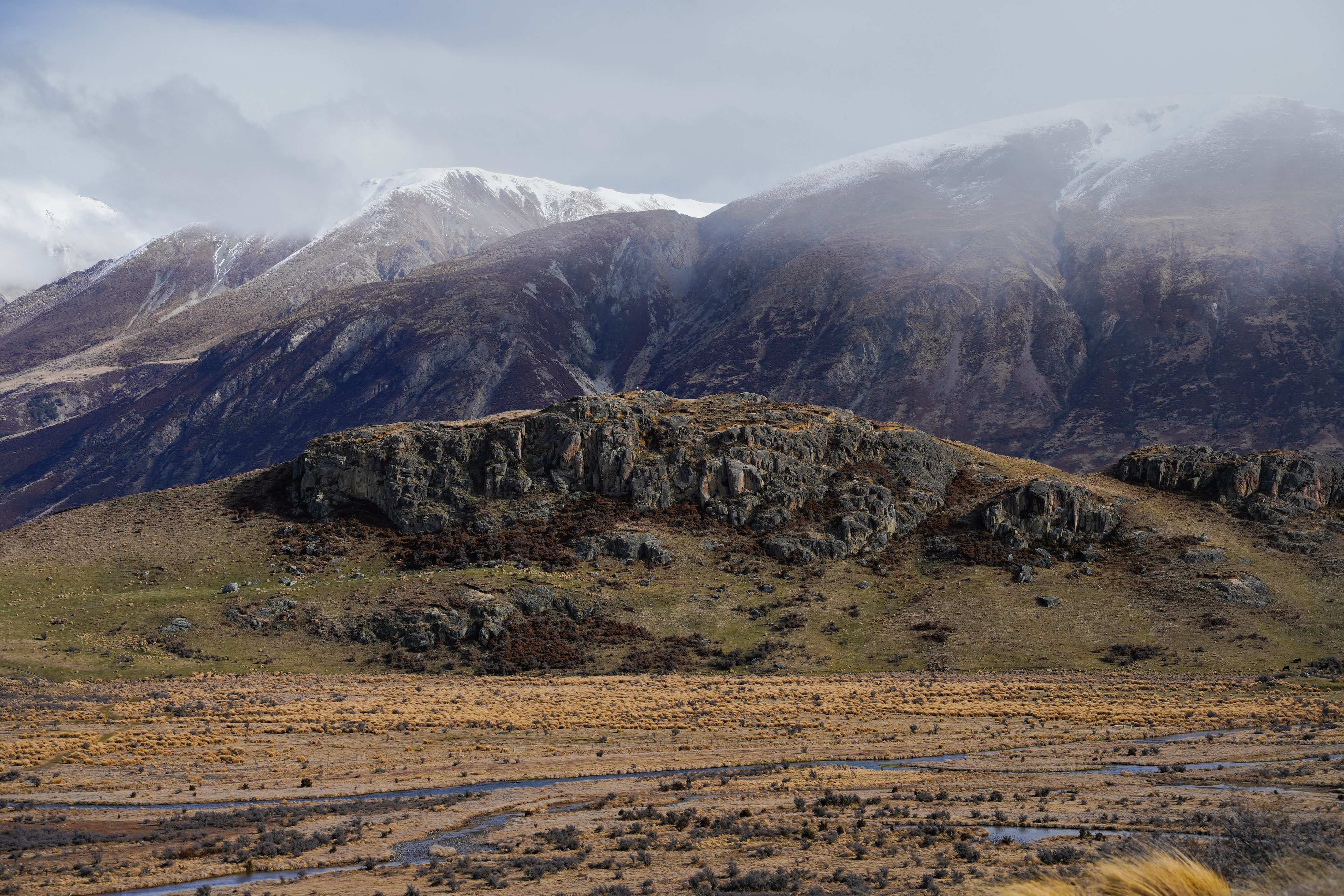
Tucked away in the remote highlands of New Zealand’s South Island, Mount Sunday served as the filming location for Edoras, the capital of Rohan in The Lord of the Rings: The Two Towers. Unlike many other locations from the trilogy that required CGI enhancements, Mount Sunday’s raw beauty was enough to stand on its own. The isolated mountain, surrounded by sweeping plains and rugged peaks, perfectly embodied the noble yet harsh landscape of Rohan. Today, it remains a hidden pilgrimage site for die-hard Lord of the Rings fans, untouched by development and as breathtaking as it was on-screen.
7. Pyestock Jet Engine Testing Facility, UK – The Ultimate Sci-Fi Dystopia
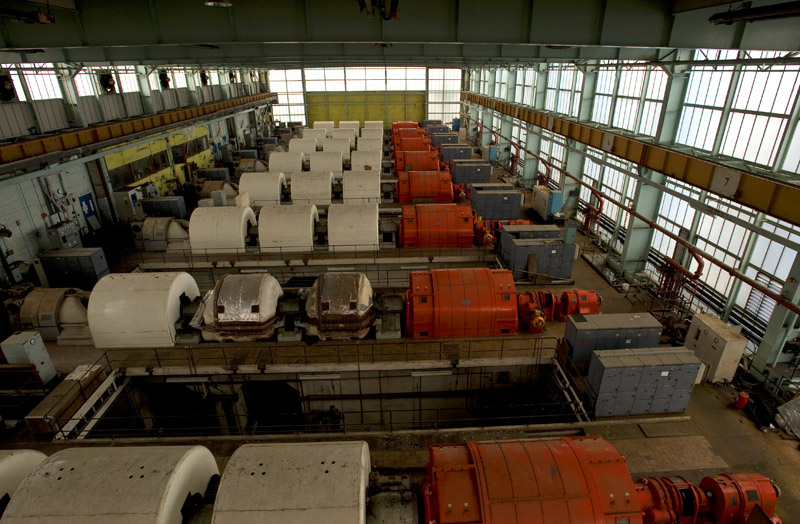
Before being demolished, the abandoned Pyestock Testing Facility in England was a playground for filmmakers looking for the perfect dystopian aesthetic. This massive industrial complex, filled with decaying turbines and labyrinthine corridors, was used in The Hitchhiker’s Guide to the Galaxy and other sci-fi thrillers. The eerie, high-tech ruins gave films a gritty, lived-in feel, perfect for stories about post-industrial collapse or futuristic conspiracy. Though much of the facility is now gone, its cinematic legacy lives on in the films that captured its haunting interiors.
8. Petra, Jordan – The Hidden Temple of Indiana Jones
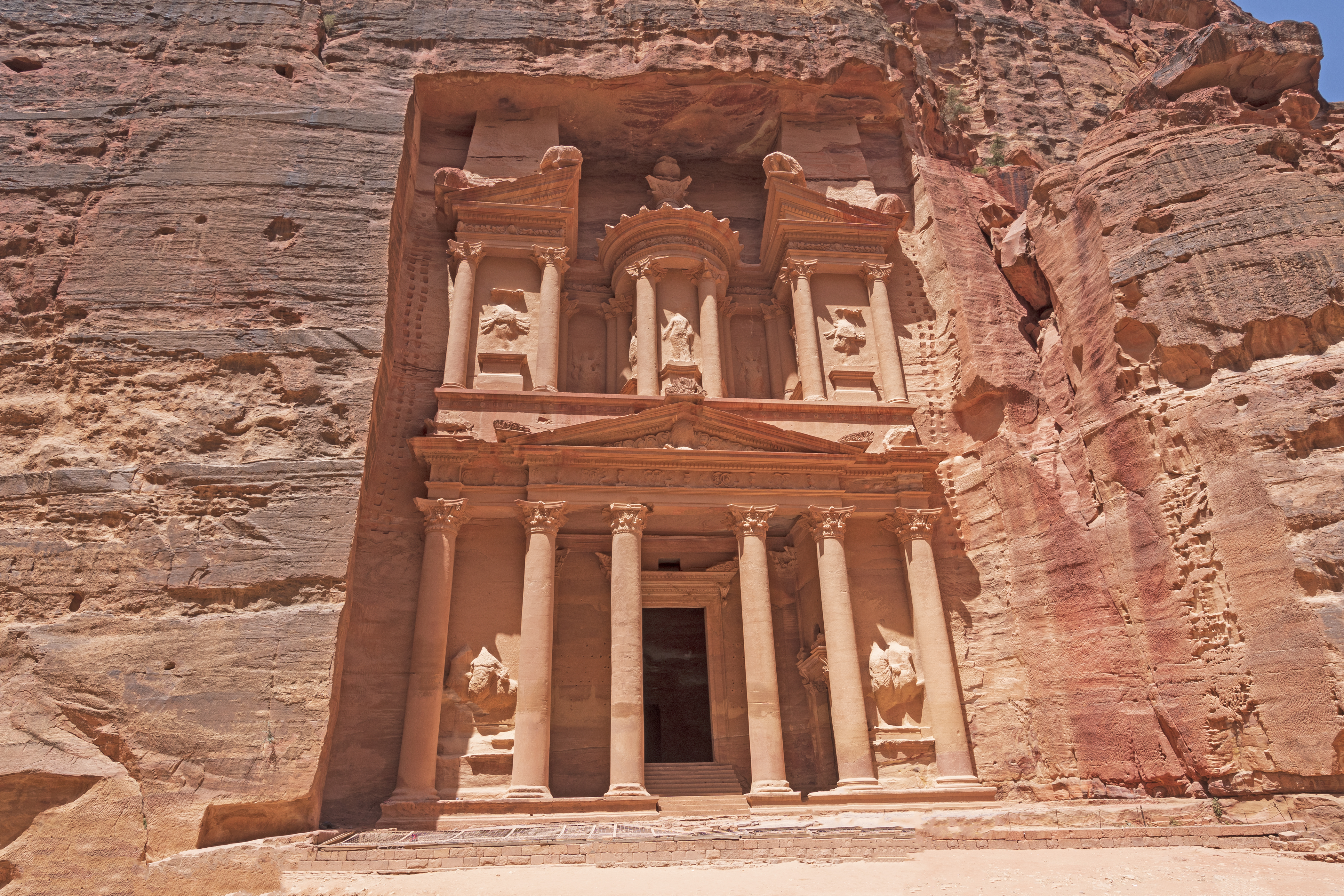
Carved into the rose-red cliffs of Jordan’s arid desert, the ancient city of Petra is one of the most breathtaking archaeological sites in the world. Once a thriving trade hub of the Nabataeans over 2,000 years ago, Petra’s intricate facades and elaborate tombs have long fascinated historians, travelers, and filmmakers alike. It gained legendary status in Hollywood when it was chosen as the hidden temple guarding the Holy Grail in Indiana Jones and the Last Crusade (1989). The Al-Khazneh, also known as the Treasury, served as the dramatic entrance to the Grail’s resting place, creating an unforgettable moment in cinematic history. While only its exterior was used in the film, Petra’s use introduced millions of viewers to this UNESCO World Heritage site, blending real-world history with the thrill of adventure. The deep canyons leading to the Treasury, the towering stone facades, and the mysterious atmosphere make it feel like an ancient puzzle waiting to be solved.
9. The Dark Hedges, Northern Ireland – The Road to Westeros

A seemingly enchanted avenue of gnarled, twisting beech trees, The Dark Hedges in Northern Ireland feels like something conjured from a fantasy novel. Originally planted in the 18th century as a grand entrance to the Stuart family’s estate, this hauntingly beautiful location remained relatively unknown until Game of Thrones transformed it into the Kingsroad, the most important highway in Westeros. First appearing in Season 2, the road was where Arya Stark, disguised as a boy, made her escape from King’s Landing—a moment that cemented its iconic status in the show’s mythology. Despite its worldwide fame, The Dark Hedges still retains an eerie, otherworldly charm, as if shrouded in a perpetual twilight. The way the trees arch over the road, their twisted branches intertwining, creates a dreamlike tunnel that feels like a gateway between worlds. The absence of modern infrastructure allows The Dark Hedges to feel timeless—ideal for any production looking to transport audiences to a world untouched by time.
10. Llyn Gwynant, Wales – The Hidden Lake of ‘Snowdonia’
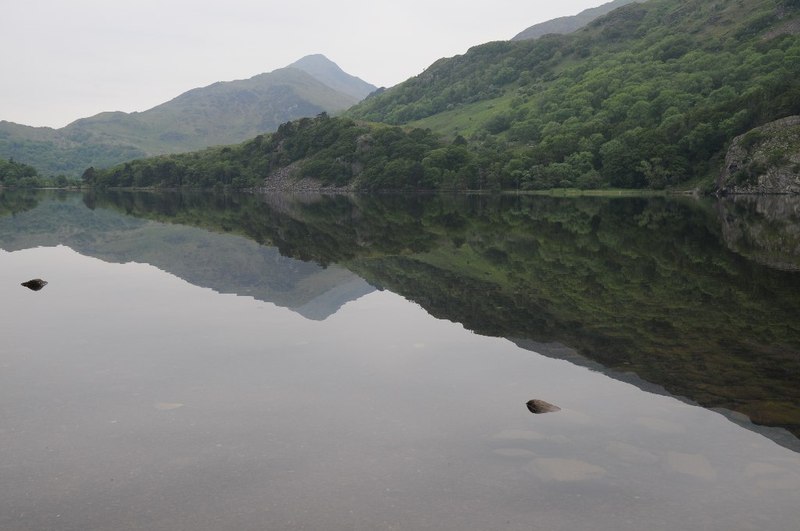
Nestled within the rolling hills and rugged terrain of Snowdonia National Park, Llyn Gwynant is a secluded glacial lake that captures the raw, untamed beauty of Wales. This picturesque setting played a crucial role in Tomb Raider (2018), where its mist-covered waters and dramatic surroundings provided a perfect backdrop for Lara Croft’s adventure sequences. The lake's tranquil yet imposing presence perfectly embodied the spirit of the film’s action-packed journey, adding an authentic, untouched wilderness feel to the cinematography. Snowdonia has long been a favorite for filmmakers due to its ancient landscapes, craggy peaks, and dramatic skies. The mountains surrounding Llyn Gwynant appear unchanged by time, evoking the feeling of a world lost to history. This makes it an ideal location for films set in mystical or medieval times, where nature itself feels like a living character. Beyond its cinematic appeal, the lake is a dream for adventurers, hikers, and photographers, drawn to its mirror-like reflections and rugged shoreline.
11. Tikal, Guatemala – The Ancient Star Wars Rebel Base

Deep in the heart of Guatemala’s dense jungle lies Tikal, an ancient Mayan city whose towering temples and overgrown ruins provided the perfect setting for the Rebel Alliance base in Star Wars: A New Hope (1977). While George Lucas’ galaxy far, far away may have been a work of fiction, Tikal's majestic pyramids and thick rainforest canopy made it an ideal stand-in for the rebel hideout on Yavin 4. The iconic moment where the Millennium Falcon lands at the base, with massive stone pyramids looming in the background, remains one of the most memorable shots in the franchise’s history. Tikal was once a thriving center of the Mayan civilization, with structures dating back to the 4th century BCE. Today, its ruins stand as a testament to both human ingenuity and the unstoppable power of nature, as the jungle slowly reclaims what was once a bustling metropolis. Visitors can walk the same paths as both ancient Mayan rulers and Star Wars heroes, experiencing firsthand the sense of mystery and adventure that makes Tikal one of the most breathtaking filming locations in the world.
12. Salar de Uyuni, Bolivia – A Mirror to the Sky
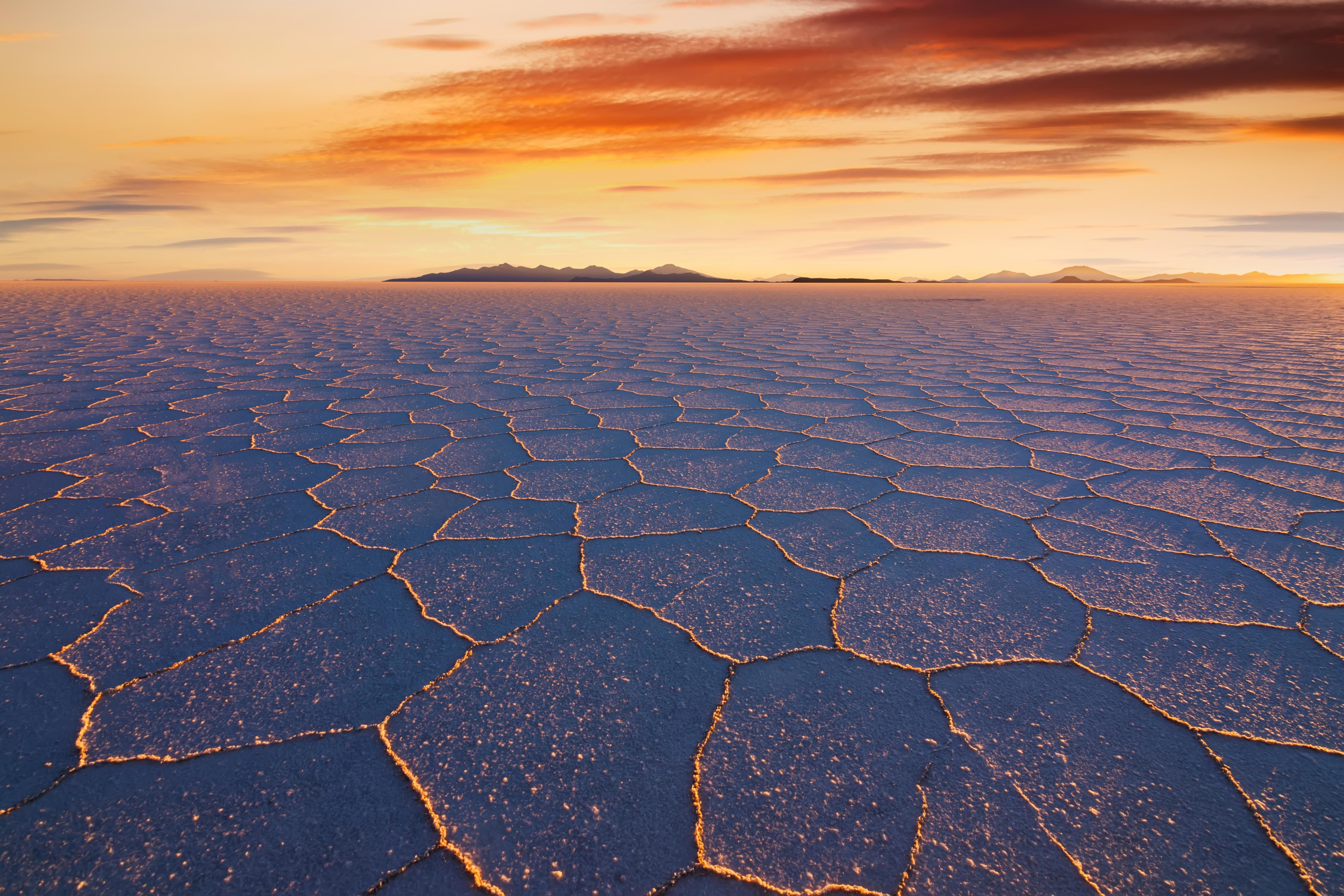
There are few places on Earth that look more surreal than Salar de Uyuni, Bolivia’s otherworldly salt flat, which transforms into an endless mirror when covered with a thin layer of water. This breathtaking, reflective landscape became the setting for Star Wars: The Last Jedi (2017), where it stood in for Crait, the stark, white salt-covered battleground of the film’s climactic confrontation. Salar de Uyuni’s barren, alien-like beauty perfectly matched the epic scale of the Star Wars universe, creating an unforgettable backdrop for battle scenes featuring Resistance fighters and the First Order. Covering over 4,000 square miles, Salar de Uyuni is the largest salt flat in the world, formed from the remnants of an ancient prehistoric lake. When dry, it becomes a vast, blindingly white expanse; when wet, it reflects the sky perfectly, making it seem as though the world has turned upside down.
13. Matamata, New Zealand – The Real Hobbiton of Middle-earth

Tucked away in the rolling green hills of New Zealand’s Waikato region, Matamata is best known as the real-life location of Hobbiton from The Lord of the Rings and The Hobbit trilogies. Director Peter Jackson transformed this farmland into the enchanting Shire, home to Bilbo and Frodo Baggins, complete with 44 hobbit holes, a working Green Dragon Inn, and lush gardens. Unlike many film sets that are dismantled after production, Hobbiton remains intact and open to visitors, offering fans a chance to step into Tolkien’s fantasy world. The untouched beauty of the region, with its emerald-green landscapes and gentle hills, makes it easy to believe that Hobbits could still be living here in secret.
14. Meteora, Greece – The Monastery Fortress of Westeros

Rising from the cliffs of central Greece, the monasteries of Meteora are perched atop towering rock pillars that look like something out of a fantasy novel. While primarily used for religious purposes for centuries, Meteora’s otherworldly setting has made it a popular filming location, notably serving as inspiration for the Eyrie in Game of Thrones. The gravity-defying monasteries were also featured in the James Bond film For Your Eyes Only (1981), where the final showdown took place against the backdrop of these breathtaking cliffs. Meteora’s misty atmosphere and dramatic heights make it one of the most striking real-world locations ever captured on film.
15. Antelope Canyon, USA – The Surreal Landscape of Westworld and Beyond

Located in Arizona, Antelope Canyon is a slot canyon known for its wave-like rock formations and ethereal shafts of light that create a surreal, almost dreamlike effect. This mesmerizing location has been featured in Westworld, Transformers: Age of Extinction, and numerous other films seeking an unearthly, mystical landscape. The canyon’s winding passageways and vibrant hues make it a popular choice for directors aiming to transport audiences to a different world, whether an alien planet or a post-apocalyptic wasteland.
16. Crooked Forest, Poland – A Natural Mystery Perfect for Fantasy Films

In western Poland, near the town of Gryfino, lies the Crooked Forest—a bizarre grove of pine trees that all bend sharply at the base before growing straight upwards. This eerie and mysterious landscape has captivated filmmakers and storytellers for years, making it a perfect setting for fantasy and sci-fi productions. While its origins remain a mystery (some believe it was caused by human intervention, others say it's a natural phenomenon), the forest's unnatural beauty has made it a surreal backdrop for fantasy worlds in European cinema.
17. Wulingyuan, China – The Floating Mountains of Pandora

The towering quartz-sandstone pillars of Wulingyuan National Park in China served as the real-world inspiration for the floating mountains in James Cameron’s Avatar. This UNESCO World Heritage site features thousands of towering rock formations, misty valleys, and lush greenery, creating a landscape so surreal that it seems pulled straight from a sci-fi film. While Avatar used CGI to bring Pandora to life, the breathtaking scenery of Wulingyuan was the foundation for its awe-inspiring, gravity-defying terrain.
18. Fjaðrárgljúfur Canyon, Iceland – The Epic Backdrop for Game of Thrones & Star Wars
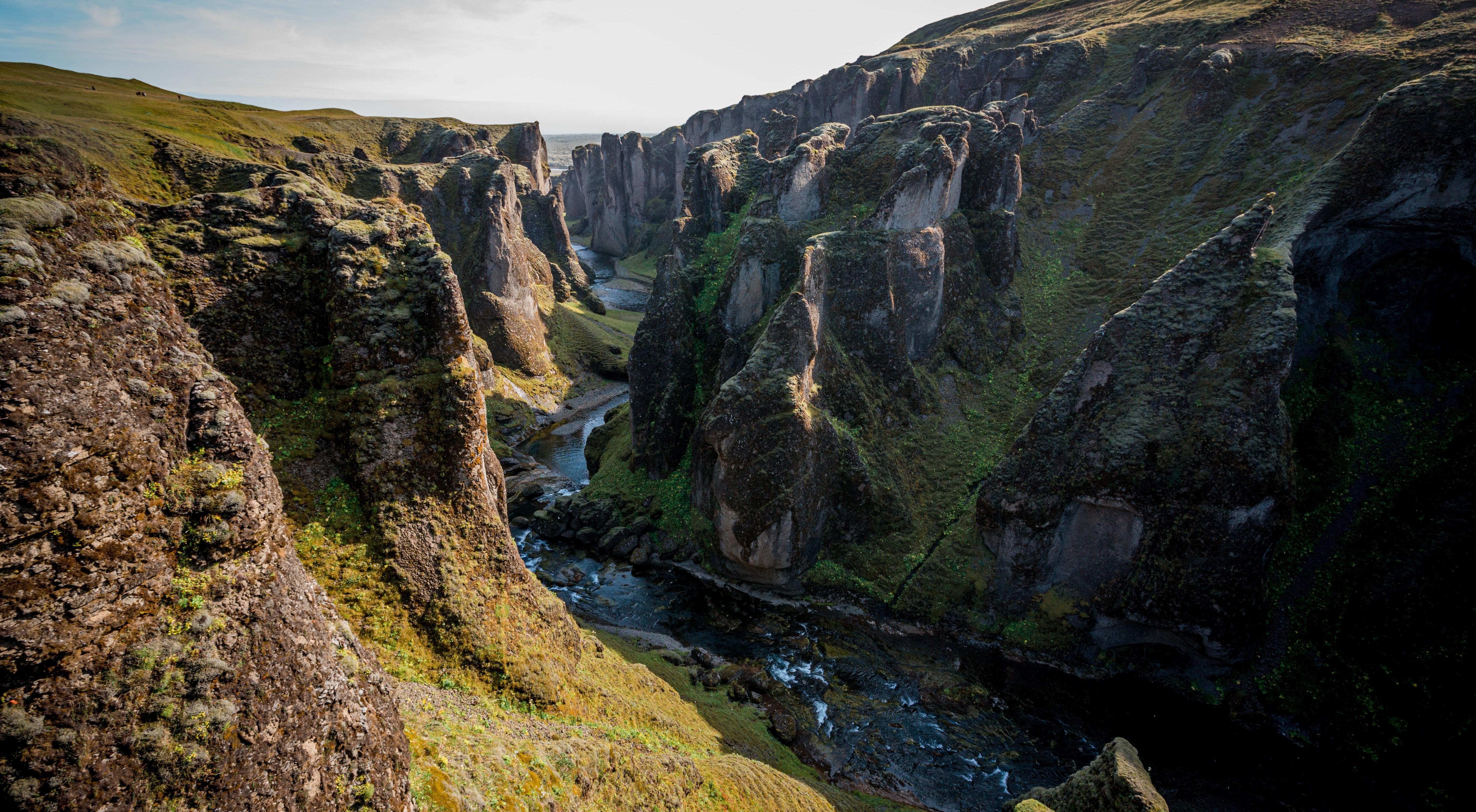
This stunning Icelandic canyon, carved over millennia by glacial waters, has become a sought-after filming location for epic fantasy and sci-fi films. It was featured prominently in Game of Thrones, providing the dramatic setting for Jon Snow’s journey beyond the Wall. Additionally, it made an appearance in Star Wars: The Force Awakens, helping to create the mystical, unearthly terrain of Ahch-To, where Luke Skywalker was found. The canyon’s moss-covered cliffs and winding river make it one of the most visually striking landscapes on Earth.
19. Lake Kaindy, Kazakhstan – The Sunken Forest of the Underworld

Hidden deep in the mountains of Kazakhstan, Lake Kaindy is a surreal body of water where a submerged forest of tall, dead trees eerily rises from beneath the surface. This haunting and otherworldly setting has made it a fascinating location for fantasy and horror filmmakers. The lake was formed after an earthquake in 1911, submerging a stretch of forest that remains eerily preserved underwater. Its ghostly beauty has been used in Eastern European cinema and is a prime candidate for more mystical, dystopian, or fantasy films.
20. Skellig Michael, Ireland – The Isolated Retreat of Luke Skywalker

A rugged, windswept island off the coast of Ireland, Skellig Michael became instantly recognizable after appearing in Star Wars: The Force Awakens and The Last Jedi as the secluded retreat of Luke Skywalker. This remote UNESCO World Heritage site features ancient stone stairways, beehive-shaped monastic dwellings, and breathtaking views of the Atlantic. Despite its cinematic fame, Skellig Michael remains largely untouched by modern development, preserving its mystique as a lost sanctuary perfect for epic storytelling.
21. Château de Chantilly, France – The Extravagant Palace of Bond and Cinderella
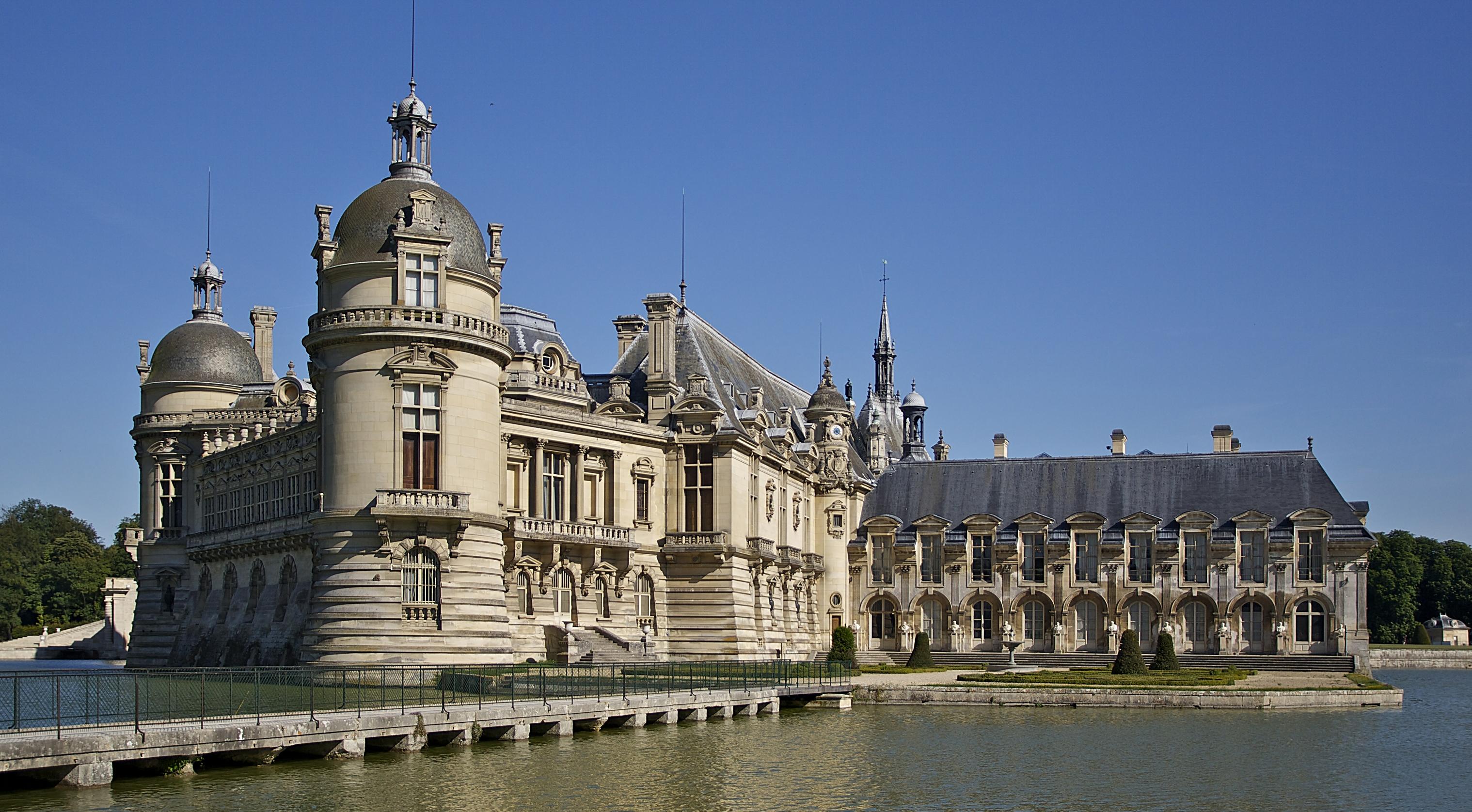
This opulent French château, located just north of Paris, has been featured in several major films, including James Bond: A View to a Kill (1985) and Disney’s Cinderella (2015). With its lavish halls, vast gardens, and reflection pools, Château de Chantilly is the epitome of royal elegance. Its timeless grandeur makes it the perfect setting for historical dramas, fairy tales, and espionage thrillers alike. Whether doubling as a villain’s lair or a princess’s palace, the château brings an air of sophistication and intrigue to any film.
22. Valle de la Luna, Chile – Earth’s Closest Equivalent to Mars
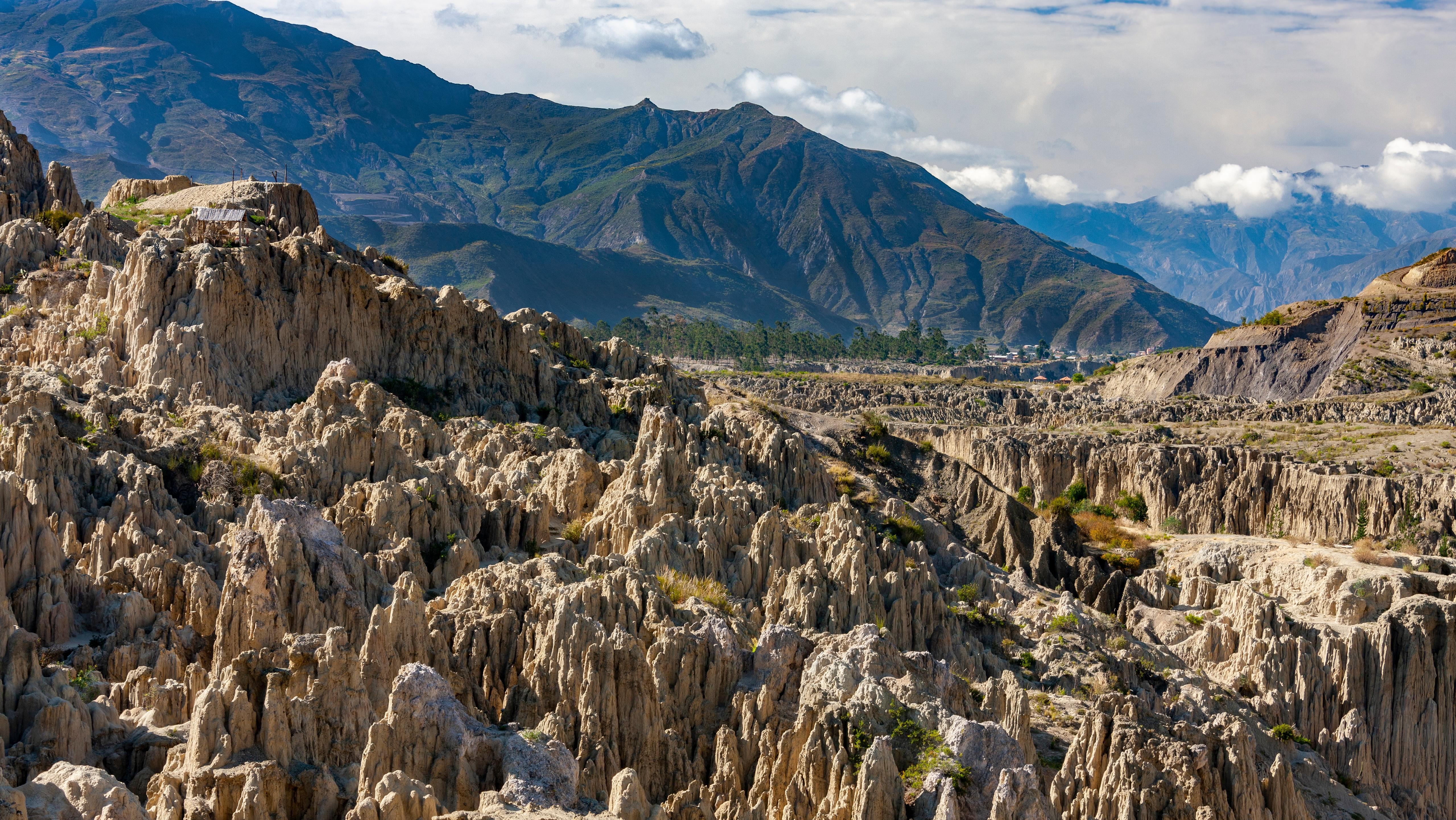
Chile’s Valle de la Luna (Valley of the Moon) is a barren, rocky desert that closely resembles the surface of Mars. This extreme landscape, with its vast dunes and otherworldly rock formations, has been used as a backdrop for numerous space exploration films and TV shows. Space Odyssey: Voyage to the Planets and Quantum of Solace both utilized the valley's alien terrain to create a stark, futuristic aesthetic. Scientists even use this location to test Mars rovers due to its striking similarity to the Red Planet.
23. Parkes Observatory, NSW, Australia – The Unsung Hero of "The Dish"
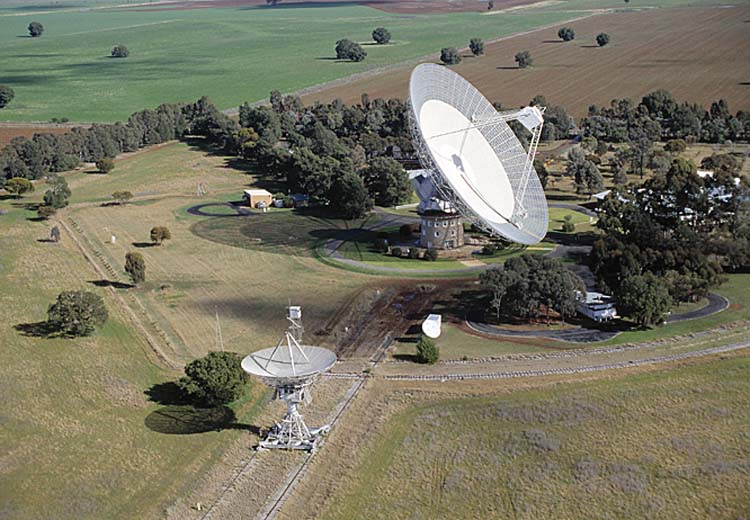
This real-life radio telescope didn't just feature in the charming Australian film "The Dish" (2000); it was the star, portraying its own pivotal role in relaying the Apollo 11 moon landing broadcast. The film beautifully captures the quirky, can-do spirit of the Aussie scientists and the awe-inspiring scale of "The Big Dish" itself. Visiting Parkes allows you to stand in the shadow of this scientific marvel, a place where actual world-changing history and heartwarming cinema perfectly aligned, offering a unique glimpse into a truly out-of-this-world story. It’s a testament to human ingenuity.
24. Crama Recaș, Romania – Borat's "Kazakh" Village Unveiled
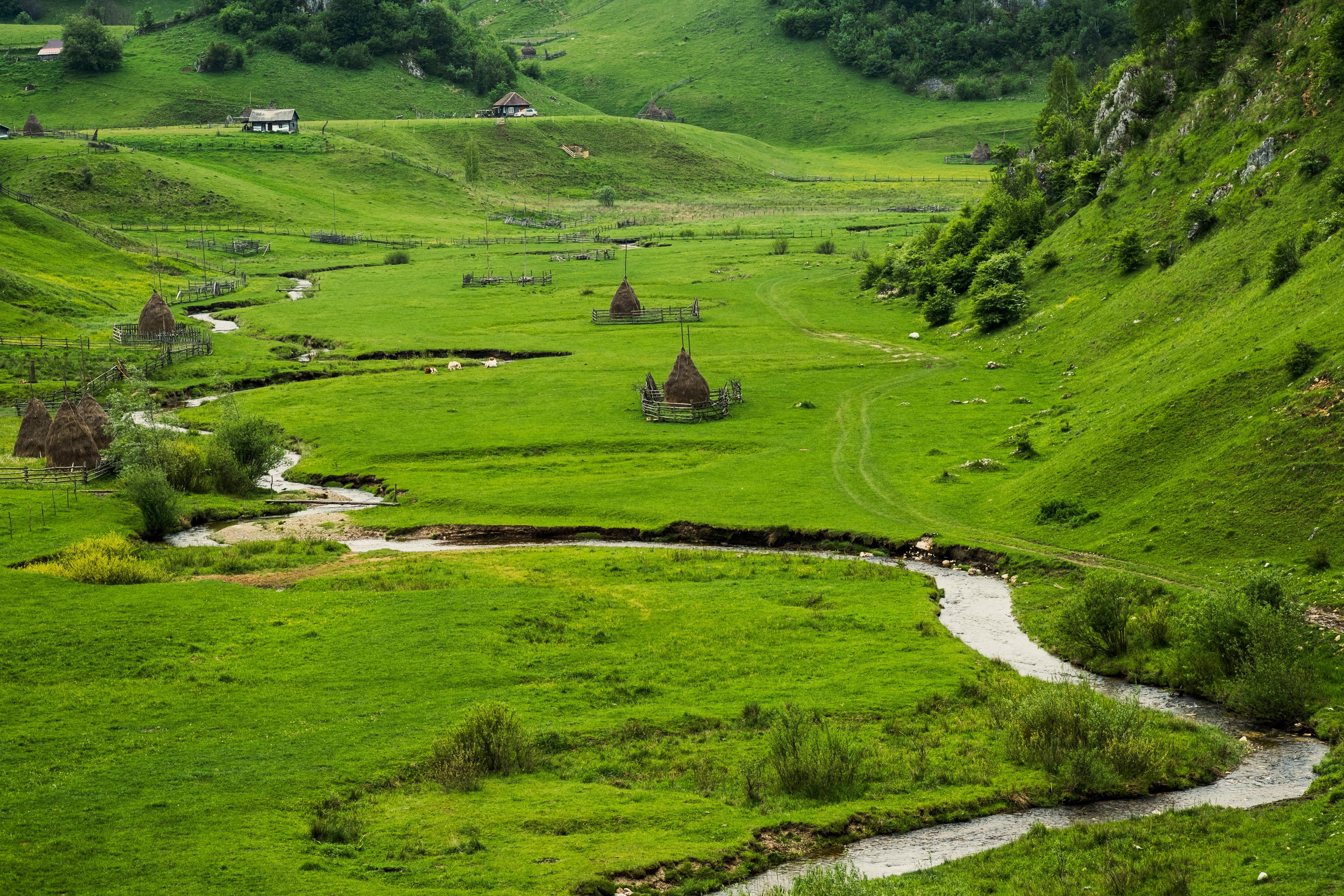
Few would guess that the seemingly rustic Kazakh village of Borat Sagdiyev in "Borat Subsequent Moviefilm" (2020) is, in reality, part of the picturesque Crama Recaș winery region in Romania. Local Romanian villagers were ingeniously cast to play Borat’s eccentric neighbors, adding an unexpected layer of authenticity to the satirical chaos. This transformation of a serene European wine-producing area into the film’s fictional, dilapidated setting showcases the resourceful, often surprising, magic of filmmaking. It's a "very nice" example of how unassuming locations can become iconic cinematic backdrops, far from their everyday reality.
25. Forth Bridge, Scotland – Hitchcock’s Vertiginous Escape in "The 39 Steps"
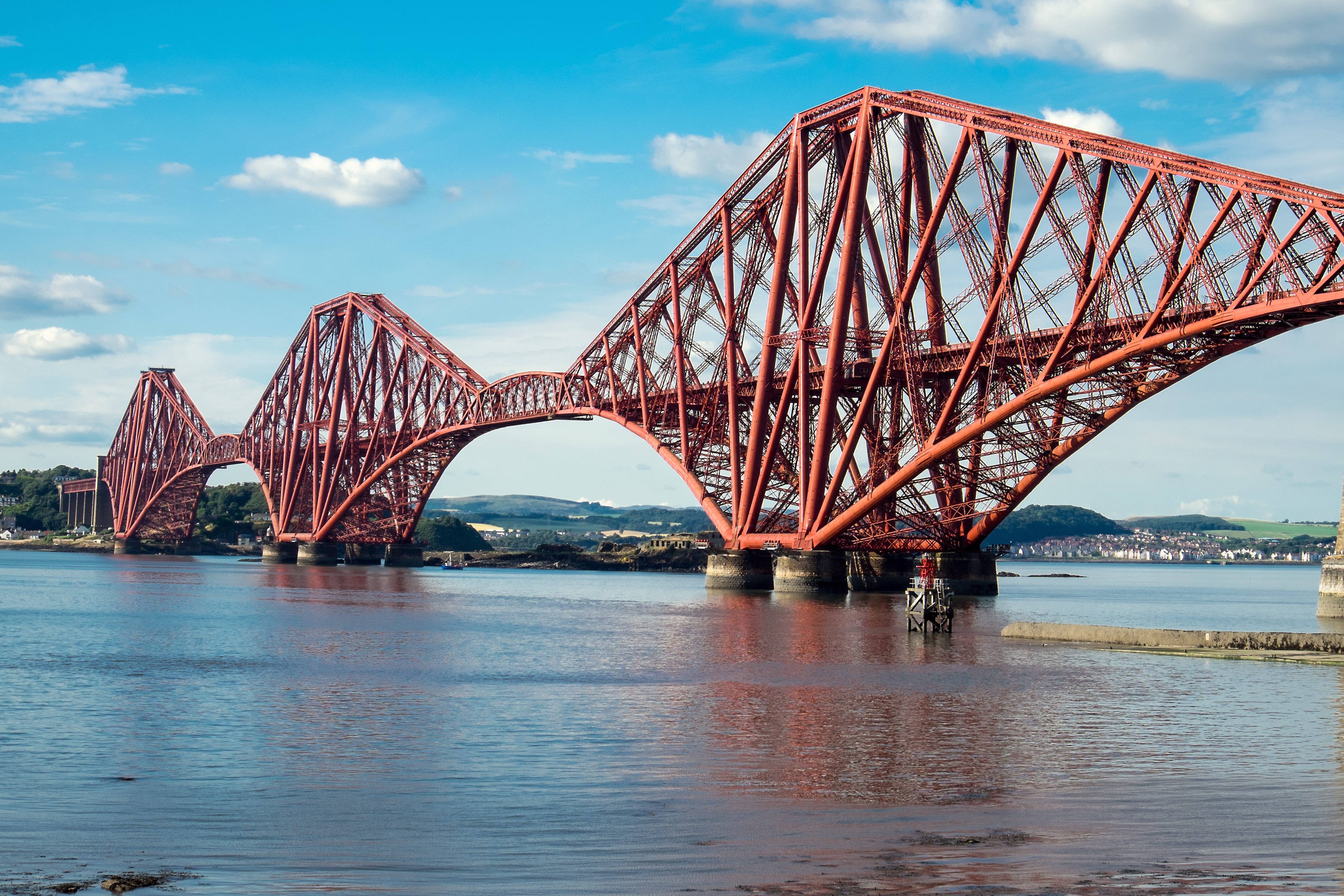
Alfred Hitchcock masterfully utilized Scotland's iconic Forth Bridge, a UNESCO World Heritage marvel of Victorian engineering, for a thrilling sequence in his classic spy caper "The 39 Steps" (1935). The film's hero, Richard Hannay, makes a daring escape from a train as it crosses this colossal cantilever railway bridge. The sheer scale and intricate steelwork of the bridge amplify the tension and drama, making it a memorable character in itself. This early use of such a grand, real-world structure for a suspenseful chase highlights Hitchcock's genius in location scouting, turning a landmark into a cinematic legend.
26. Plaza de España, Seville, Spain – Naboo's Royal Grandeur in Star Wars
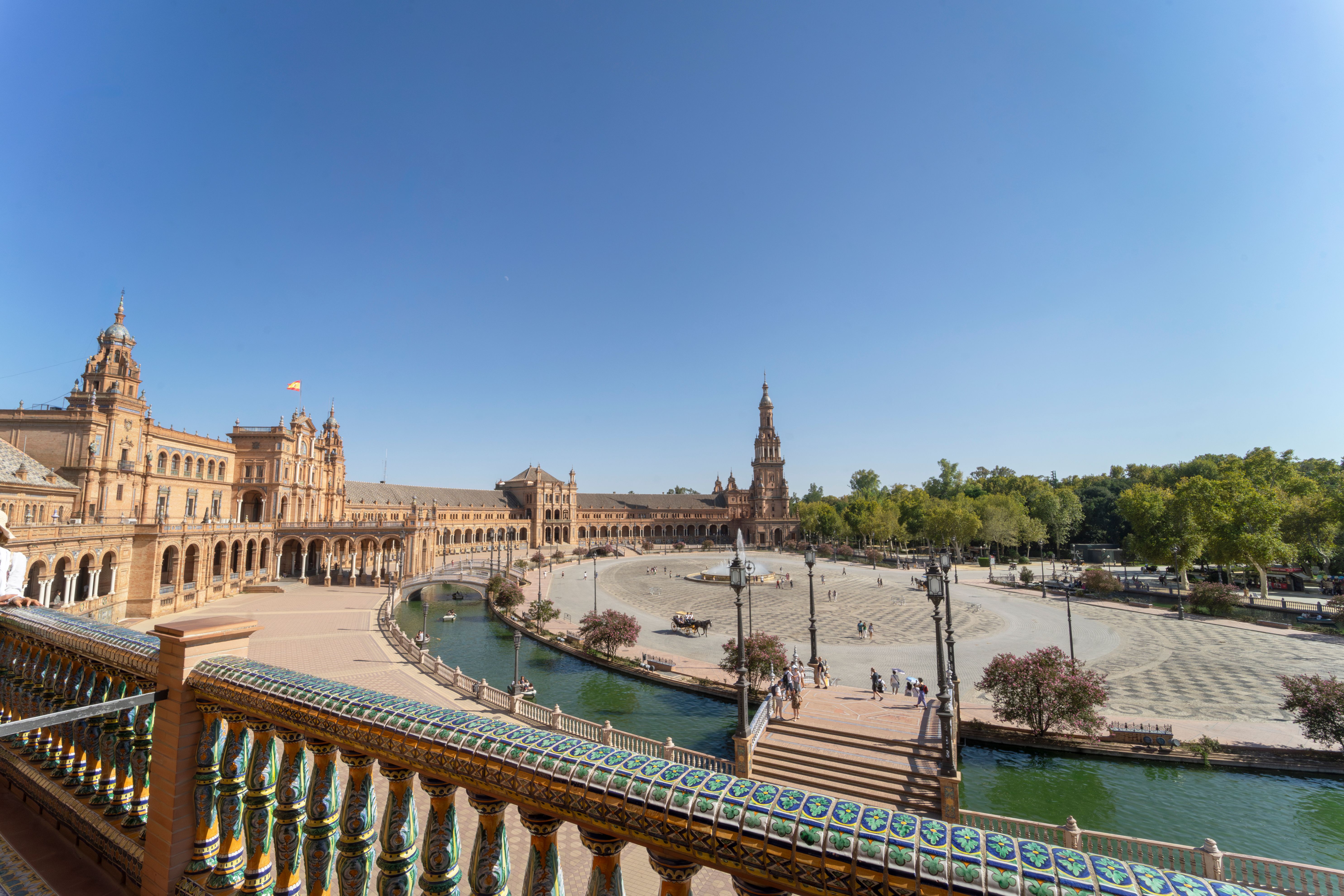
The majestic Plaza de España in Seville, Spain, with its semi-circular brick buildings, Venetian-style bridges, and grand canal, provided the opulent earthly setting for the city of Theed on planet Naboo in "Star Wars: Episode II – Attack of the Clones" (2002). Anakin Skywalker and Padmé Amidala stroll through its stunning colonnades, digitally expanded but instantly recognizable. This architectural gem, built for the 1929 Ibero-American Exposition, lent a sense of history and regal beauty to the fantastical Star Wars universe, proving that sometimes, the most alien worlds have roots in our own planet’s breathtaking artistry.
27. Villa del Balbianello, Lake Como, Italy – Romance and Intrigue Embodied
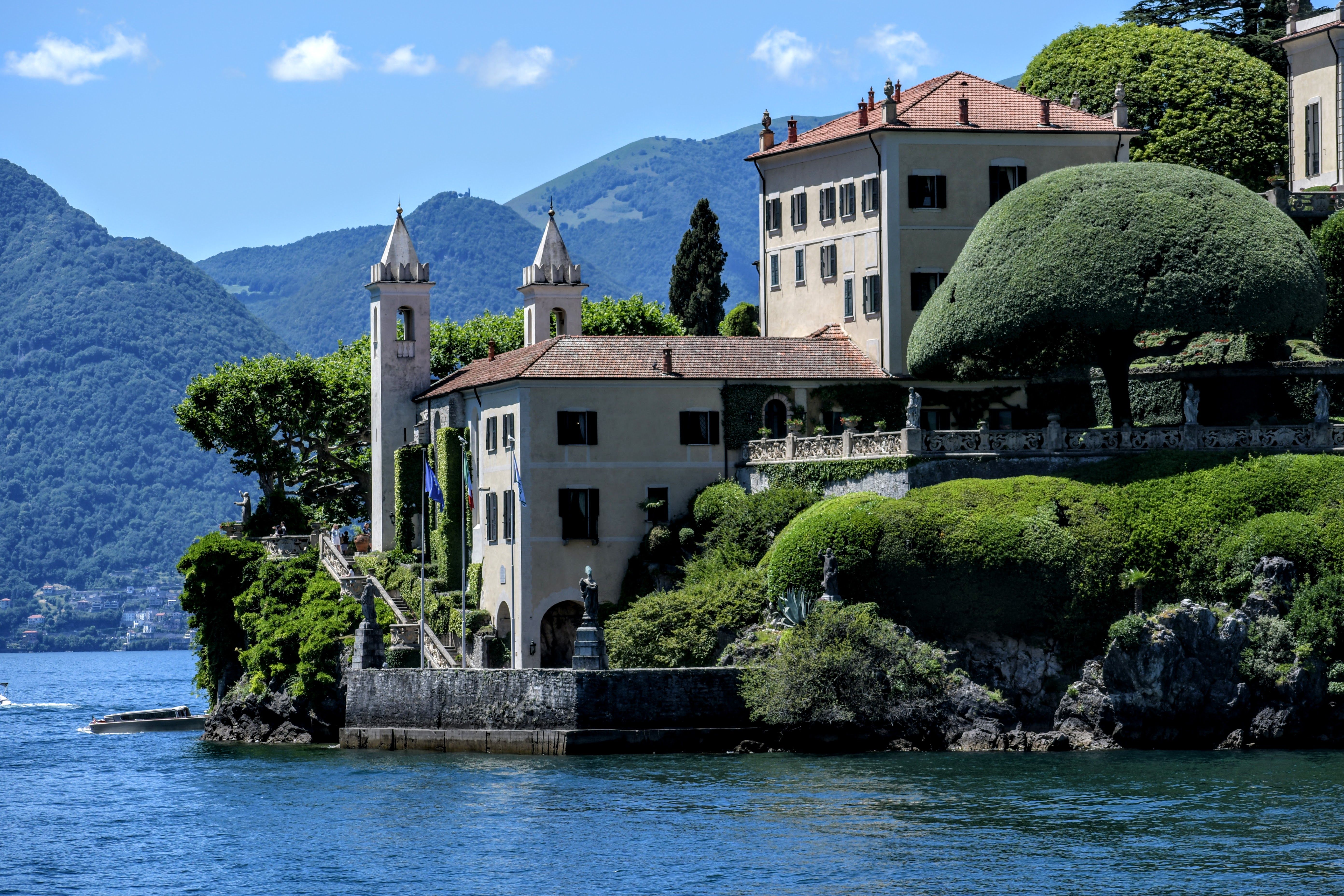
Perched on a wooded promontory overlooking Lake Como, the stunning Villa del Balbianello is cinematic gold. It served as the idyllic lakeside retreat where Anakin and Padmé fell in love in "Star Wars: Episode II – Attack of the Clones" (2002), and later as the recovery spot for James Bond in "Casino Royale" (2006). Its terraced gardens, elegant loggia, and panoramic lake views exude romance, intrigue, and timeless beauty. This 18th-century villa’s allure has made it a sought-after location, perfectly embodying both serene love stories and high-stakes spy thrillers with its unparalleled Italian charm.
28. Kjeragbolten, Lysefjord, Norway – Mission: Impossible's Cliffhanging Peril
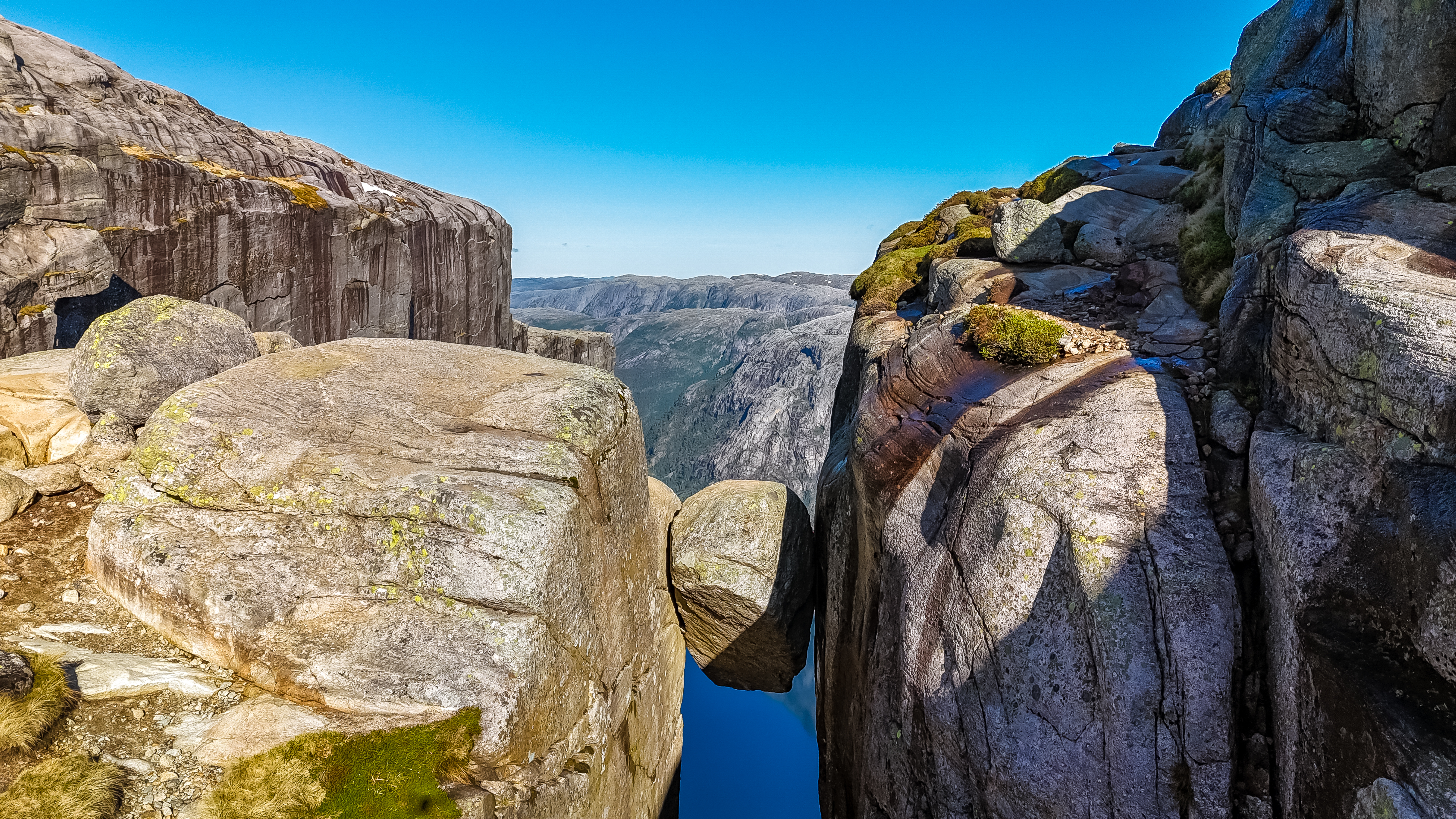
Suspended nearly 1,000 meters above Norway’s Lysefjord, Kjeragbolten – a massive boulder wedged securely in a mountain crevice – became the dramatic stage for a climactic fight sequence in "Mission: Impossible – Fallout" (2018). Tom Cruise and Henry Cavill battled precariously on and around this natural wonder, showcasing its breathtaking and perilous beauty to a global audience. While not for the faint-hearted to visit, this iconic geological formation provided an unforgettable, adrenaline-pumping backdrop that underscored the film's high-stakes action, making reality feel even more thrilling than fiction.
29. Carcassonne, France – Robin Hood’s Imposing Medieval Fortress
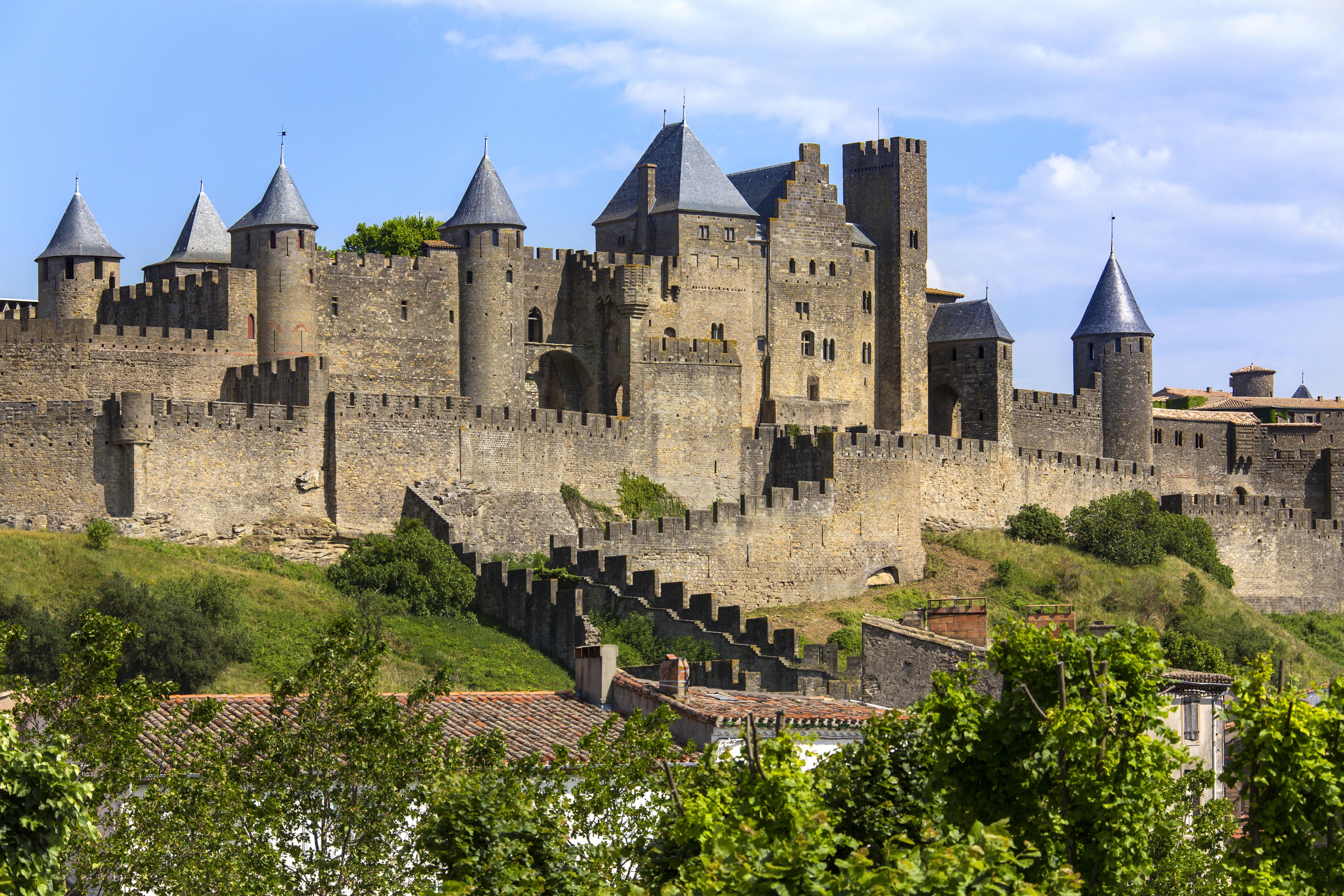
The magnificent fortified city of Carcassonne in southern France, with its double-walled ramparts and 52 towers, provided an authentically imposing medieval backdrop for scenes in "Robin Hood: Prince of Thieves" (1991). This UNESCO World Heritage site, looking like it was plucked straight from a history book, effortlessly portrayed the castles and fortified towns of medieval England. Its well-preserved battlements and cobblestone streets offered filmmakers a ready-made, historically rich environment, lending an epic scale and genuine medieval atmosphere to the legendary tale of heroism and rebellion, without extensive set construction.
30. Ta Prohm Temple, Angkor, Cambodia – Lara Croft’s Jungle-Swallowed Labyrinth
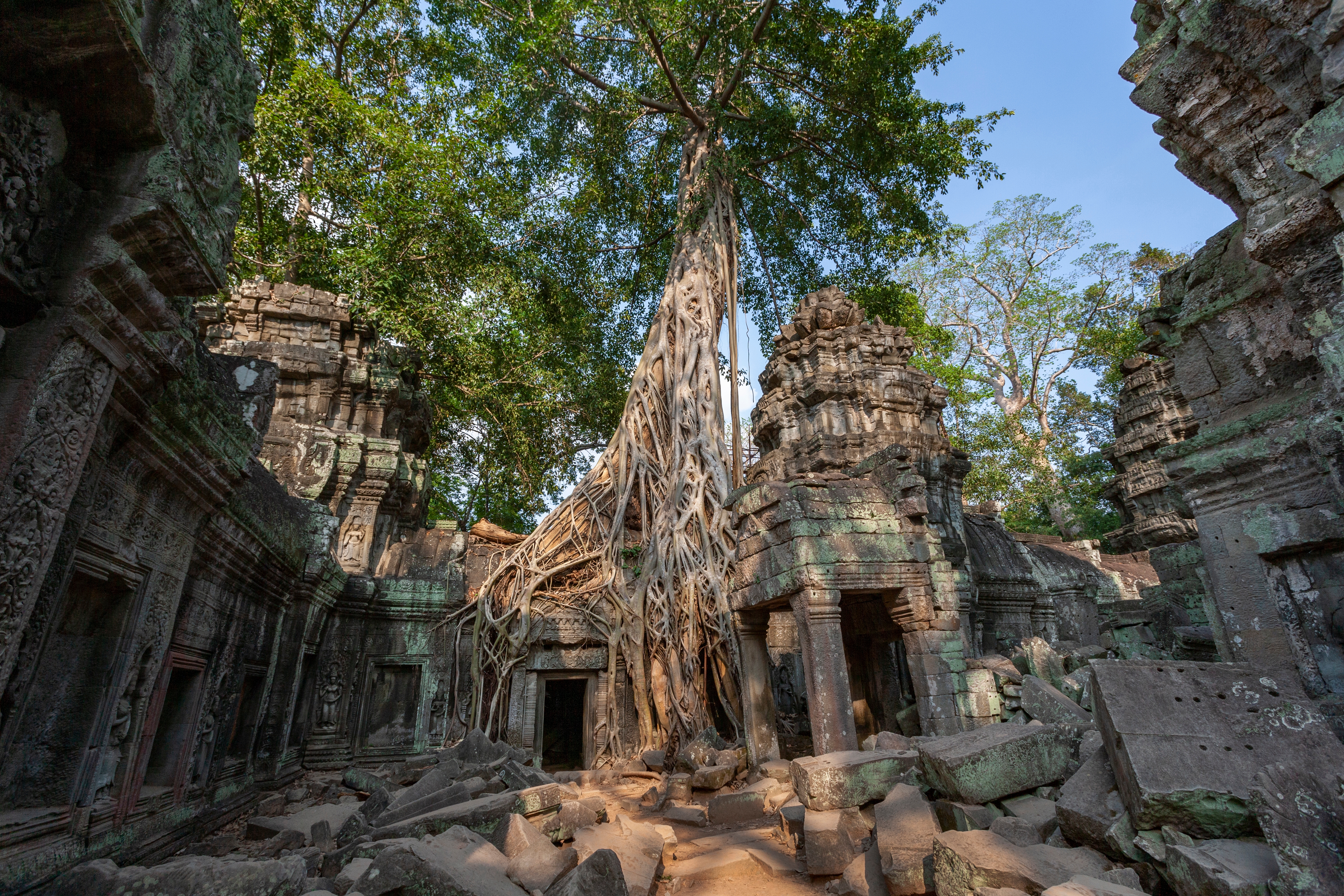
Instantly recognizable from "Lara Croft: Tomb Raider" (2001), the Ta Prohm temple in Cambodia's Angkor complex is where ancient stone structures are dramatically embraced by the massive roots of silk-cotton trees. This hauntingly beautiful interplay between architecture and encroaching jungle created the perfect mystical, adventurous atmosphere for Lara Croft’s exploits. The temple’s labyrinthine corridors and courtyards, where nature seems to reclaim civilization, provided a visually stunning and almost otherworldly setting, making it one of the most iconic and atmospheric video game-to-film location transitions in cinematic history.
31. Ouarzazate & Atlas Film Studios, Morocco – The Desert's Hollywood
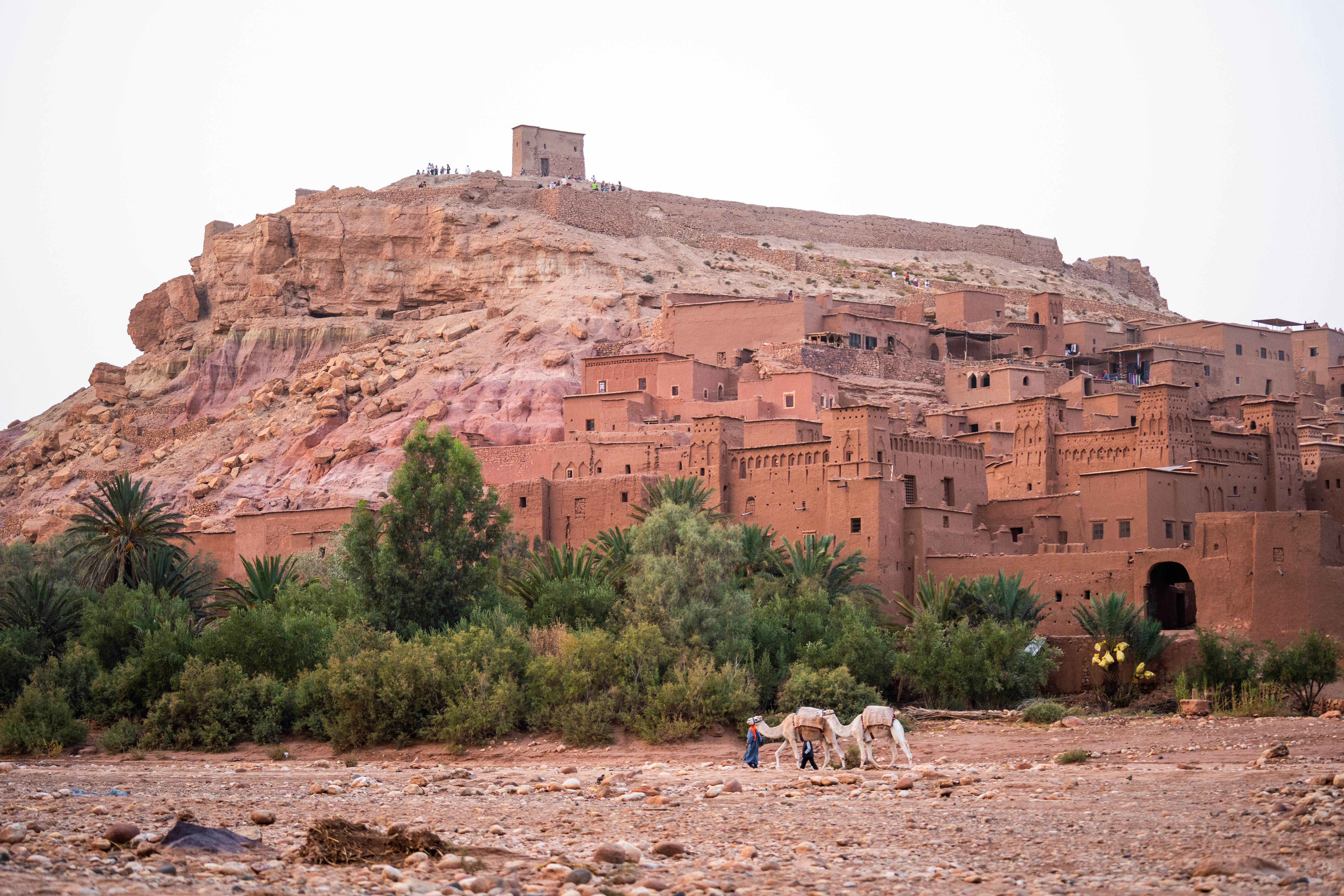
Known as the "door of the desert," Ouarzazate in Morocco, along with its famed Atlas Film Studios, is a chameleon of the cinematic world. This region has convincingly portrayed ancient Egypt, Tibet, Rome, and biblical lands in countless productions like "Gladiator" (2000), "The Mummy" (1999), and "Game of Thrones." Its dramatic kasbahs (like Aït Benhaddou), rugged desert landscapes, and vast studio facilities allow filmmakers to conjure diverse historical and fantastical worlds. Ouarzazate’s ability to transform makes it a true unsung hero, a versatile canvas for epic storytelling under the African sun.
32. Monument Valley, USA – Sculpting the Cinematic American West
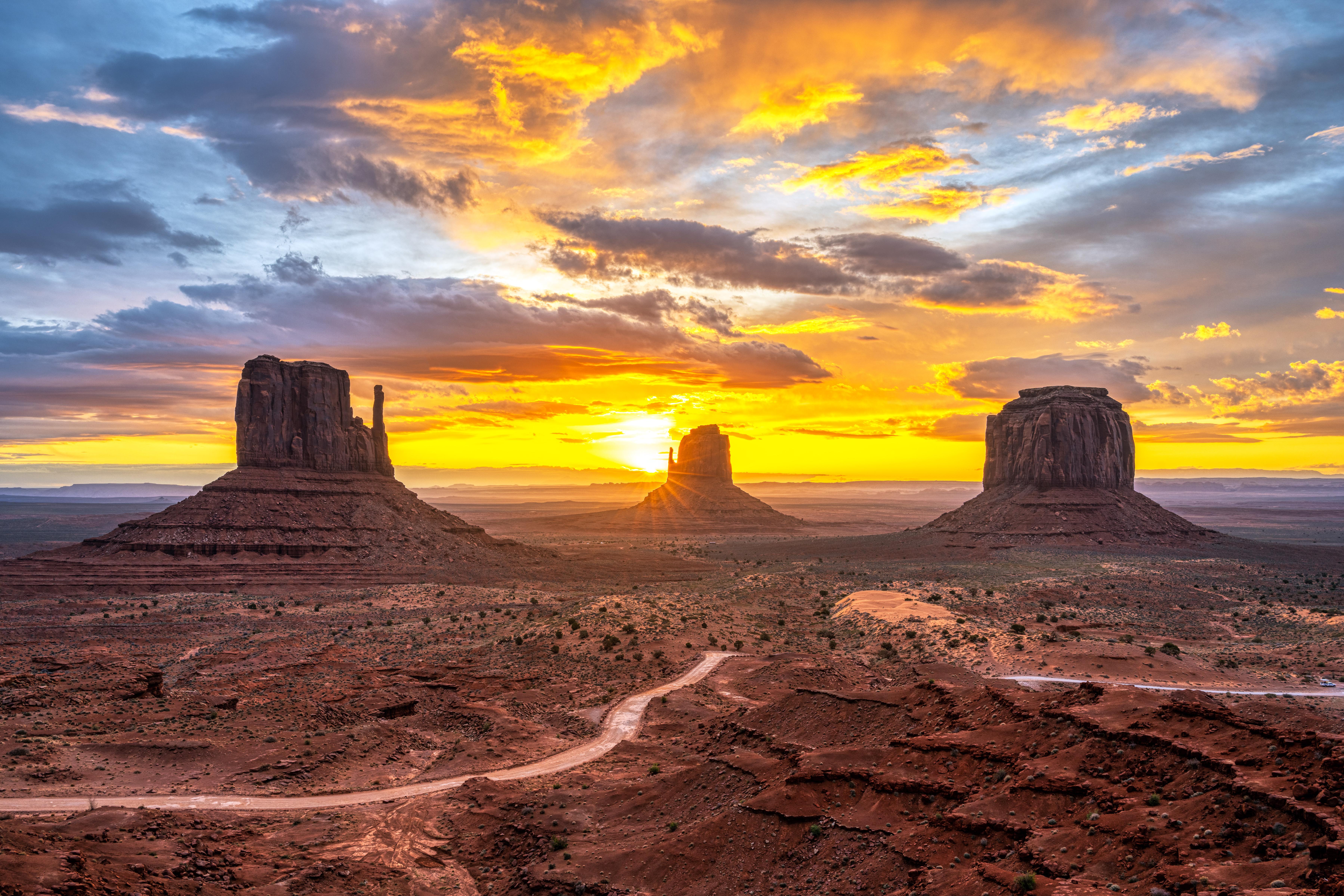
While visually iconic, Monument Valley's true "beyond the obvious" cinematic role is how it single-handedly defined the American Western genre through the lens of director John Ford. Films like "Stagecoach" (1939) and "The Searchers" (1956) used its majestic sandstone buttes and vast expanses not just as a backdrop, but as a character embodying the frontier's ruggedness and mythic grandeur. This Navajo Nation Tribal Park became synonymous with the West, shaping our collective cinematic imagination of cowboys, pioneers, and the untamed American landscape for generations, influencing countless films beyond Westerns.
Where Movie Magic and Reality Collide

What makes these places so extraordinary is their timeless allure—whether it’s the haunting atmosphere of The Dark Hedges, the mystical aura of Petra, or the untouched wilderness of Llyn Gwynant, each location is a testament to the power of place in storytelling. These destinations don’t just appear on the big screen—they live and breathe, ready to be explored by those seeking the real-world magic behind their favorite cinematic moments. So, whether you're a movie lover, an adventurer, or a dreamer searching for the extraordinary in the ordinary, these hidden filming locations remind us that the world is a film set waiting to be discovered.



